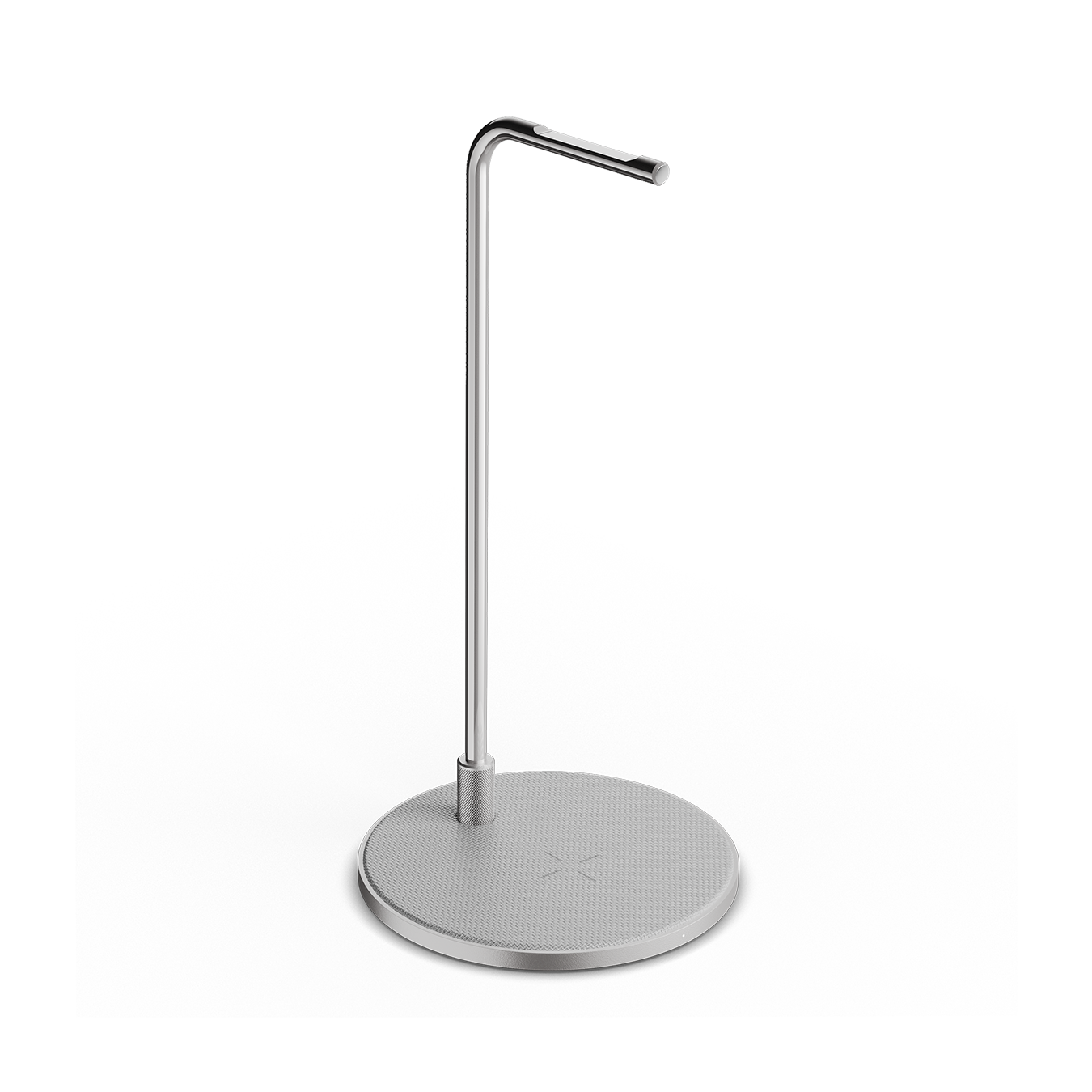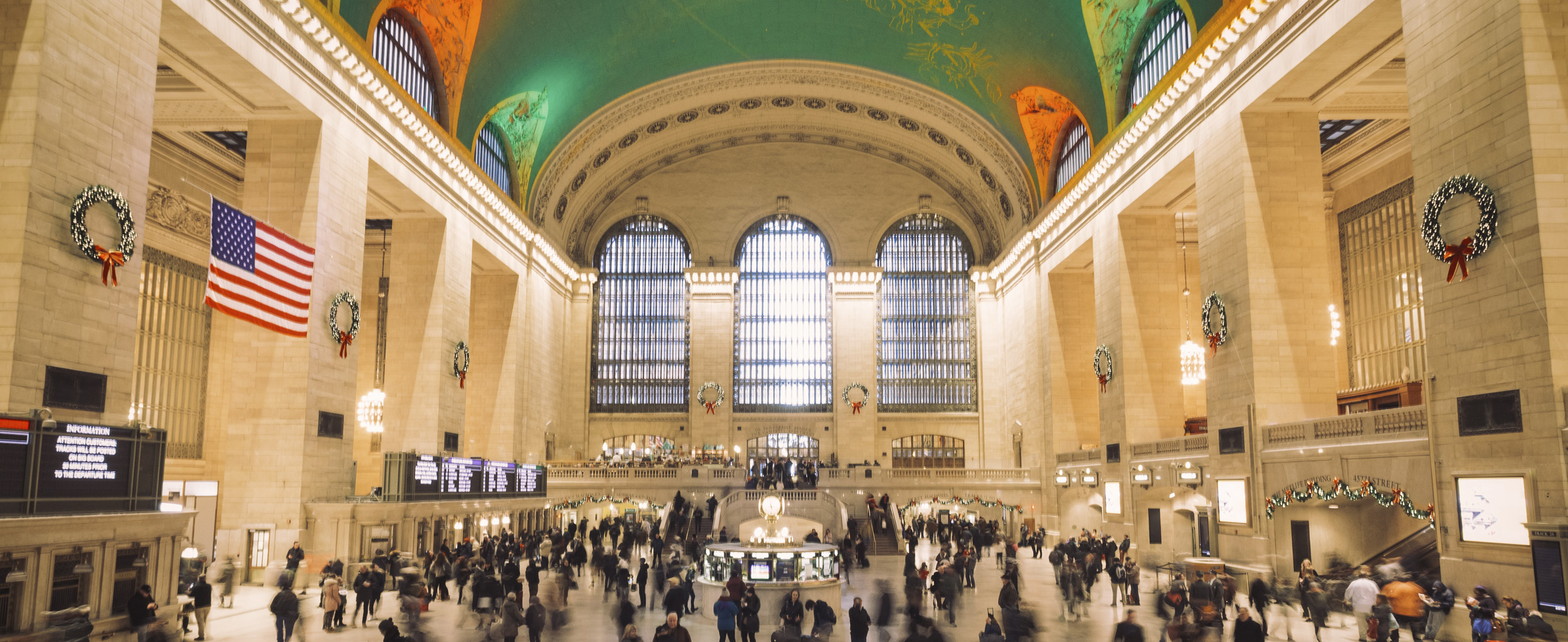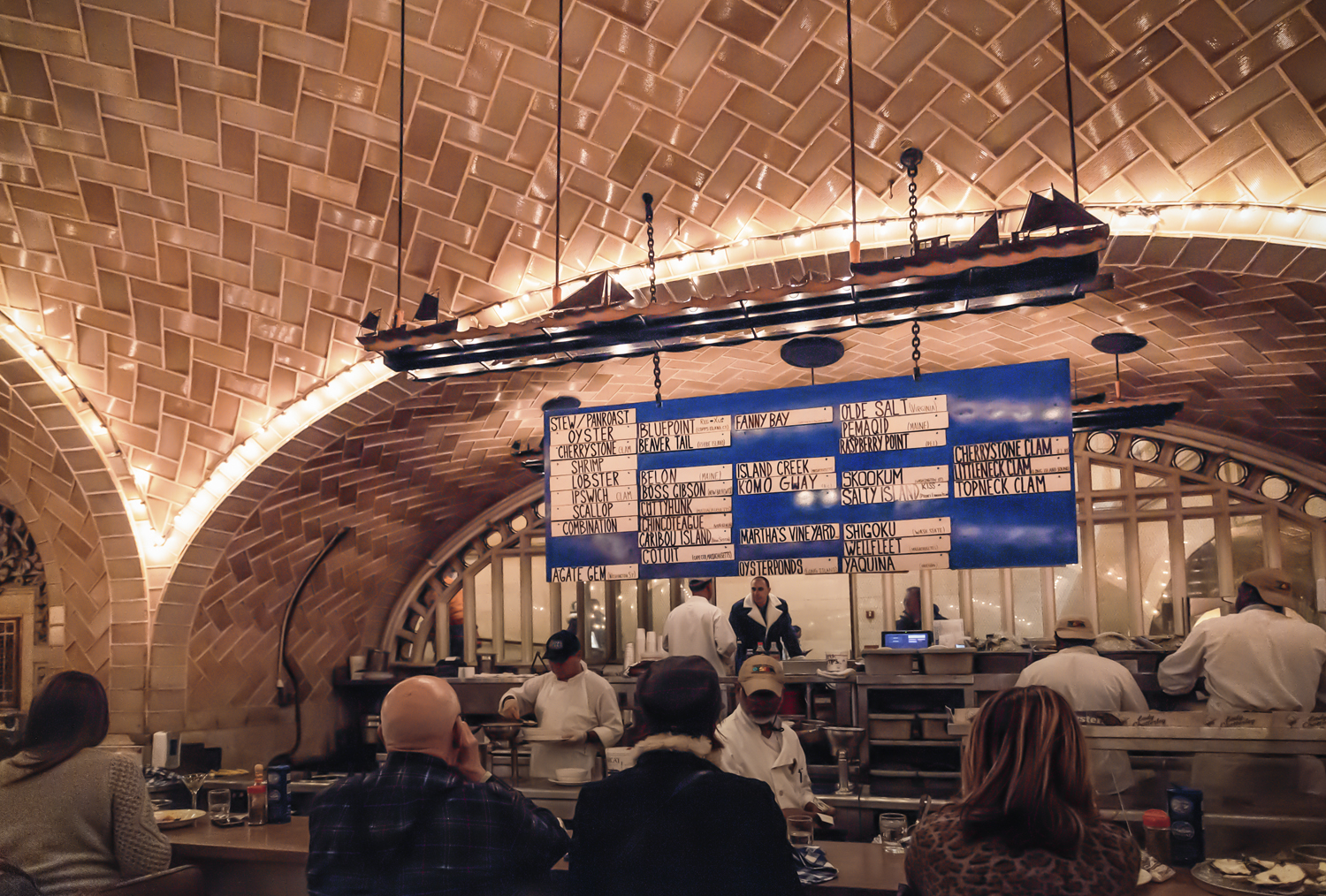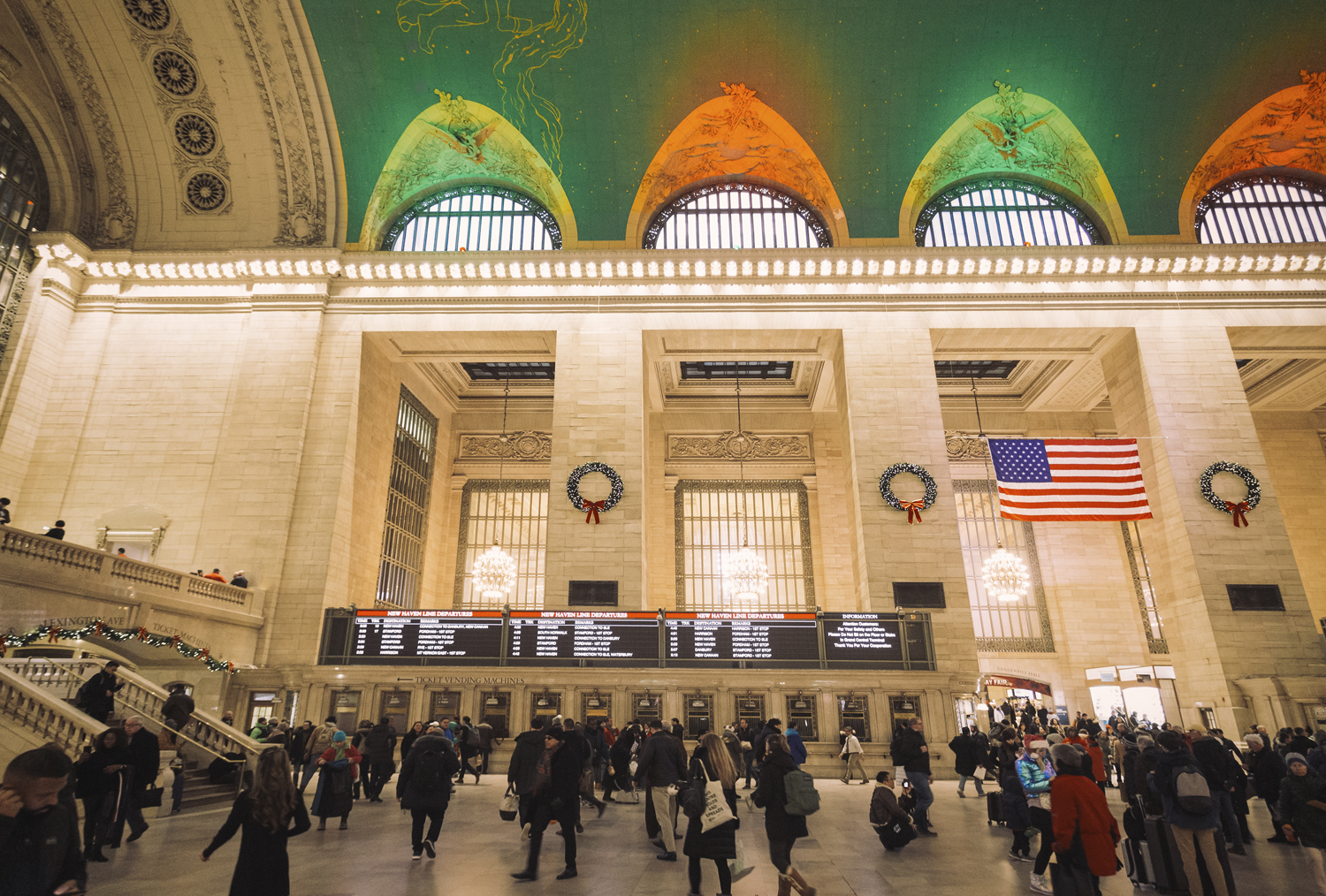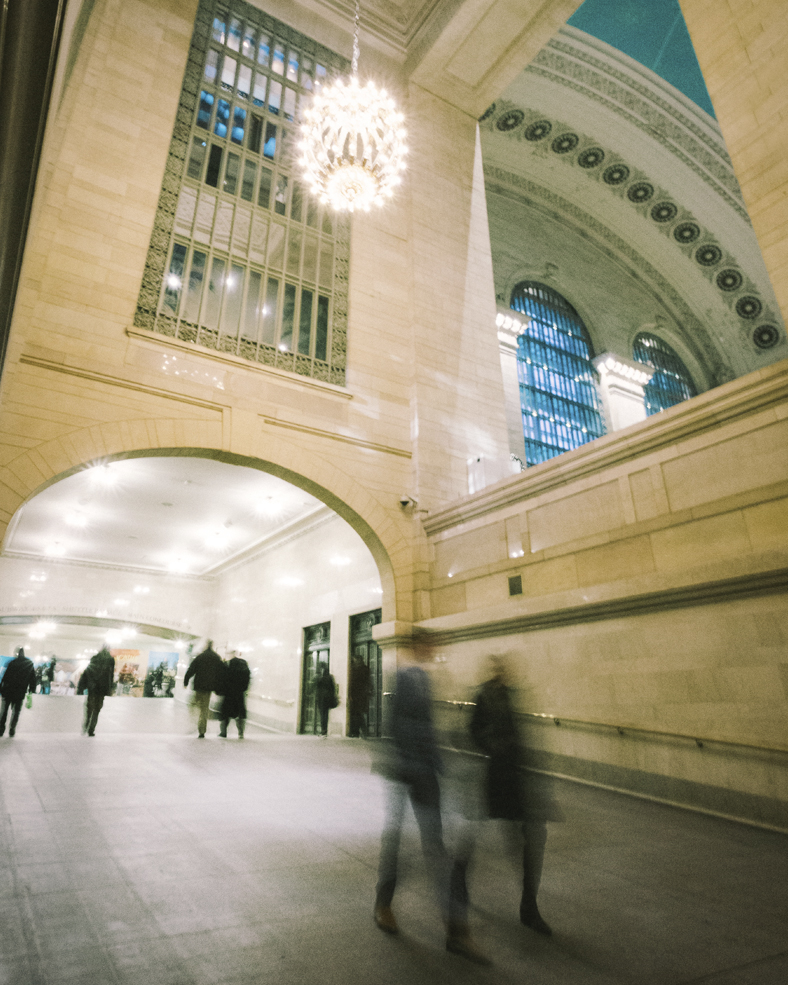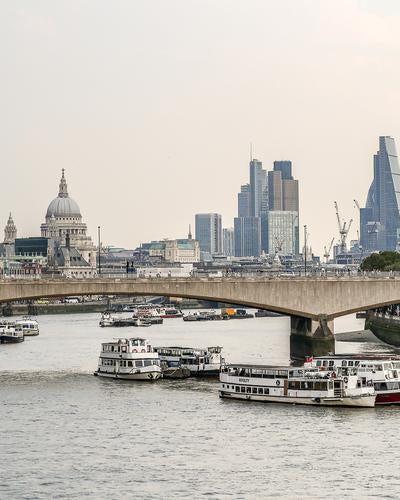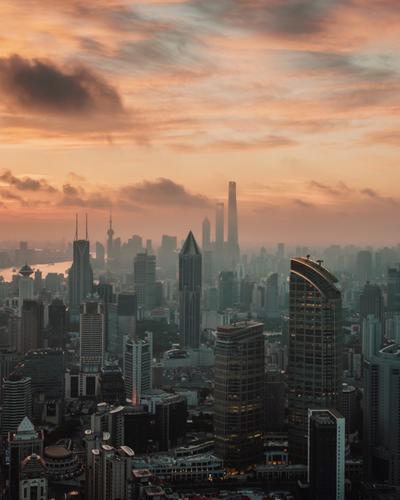Two days before Thanksgiving, one of the busiest travel times of the year, New York City’s main artery is fit to burst, as hordes of New Yorkers make their way upstate for their many millions of turkey dinners. Not to mention the crowds of tourists, taking selfies in the Main Concourse (Grand Central is the sixth most visited tourist attraction in the world).
In spite of the urgent flow of locals and sightseers alike, not one but two wedding shoots are taking place, each at one of the two large, ornate staircases at either side of the cavernous hall. This must be one of the few train stations on earth in which a couple in full bride and groom regalia can pose without looking wildly out of place. The same certainly couldn’t be said for the nearby and far less visually pleasing Penn Station. Maybe it’s Grand Central’s cathedral like ceiling – the exact blue-green of copper patina – that lends the space so well to fancy and formal occasions.
“In describing it, the superlative degree must be kept in constant use,” the New York Times said of the plans for the transformation of Grand Central at the turn of the nineteenth century. What began was a construction project costing over $2 billion in today’s money, leading to the creation of what remains the world’s largest train station. It seems the superlative degree is – to this day – a difficult thing to avoid when describing the space.
The station’s grand opening in 1913 was preceded by a decade of work on the original “Grand Central Depot” conceived by Cornelius Vanderbilt and opened in 1871. On the design team for the new structure was a cousin of the Vanderbilts, Whitney Warren, who had studied at the École des Beaux Arts in Paris. So it’s not surprising – given Warren’s training and the vast amount of money funnelled into the endeavour – that what resulted was a Beaux-Arts style building to rival all others in the world. But, with its glass catwalks in particular, the terminal is also considered by many to be a forerunner of modern architecture.







